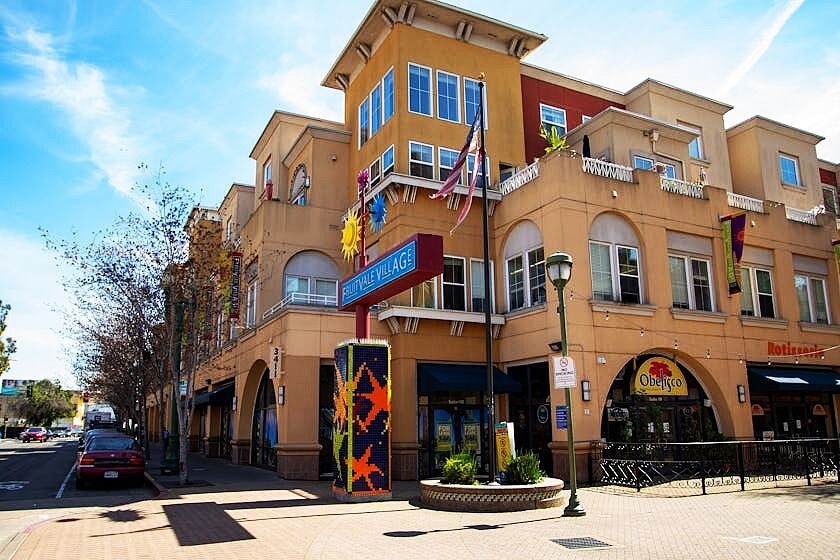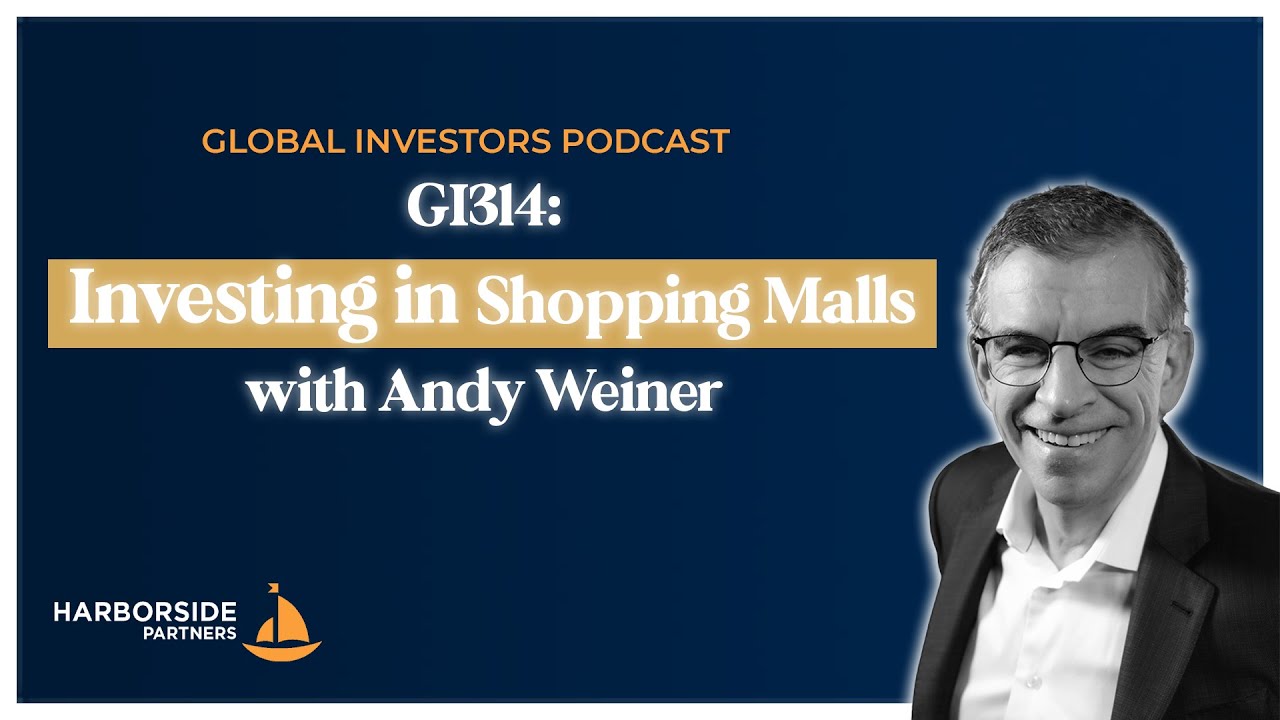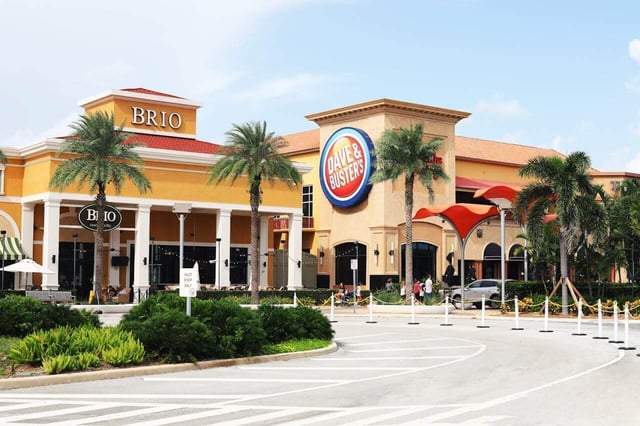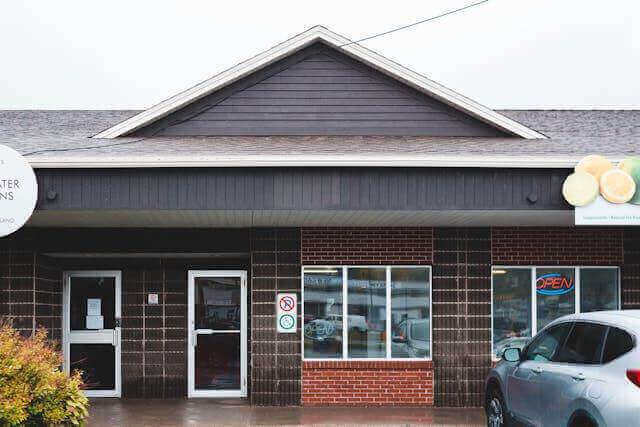Use This Underrated Tool To Better Evaluate CRE Assets
May 14th, 2025
5 min read

Placer.ai helps CRE investors evaluate retail assets using foot traffic and visitor behavior data, turning mobile signals into practical insights on property performance. It can strengthen acquisition decisions, help fill vacancies with better tenant targeting, and support value-add planning by showing real patterns in visits and trade areas. Using foot traffic data reduces reliance on gut feel and gives investors an edge in underwriting and execution.
In retail real estate, instincts once ruled. A full parking lot, decent rent roll, and a solid grocery anchor might have been enough to justify a deal. But today, the game has changed. Placer.ai rankings and foot traffic analytics now offer investors unprecedented insight into how shopping centers actually perform.
With mobile data sourced from millions of devices, Placer.ai tells you who visits your property, how often they come back, how long they stay, and what they do nearby. These insights aren’t just nice to have—they’re revolutionizing how we underwrite, lease, and operate commercial real estate assets.
If you're a new investor in shopping centers, understanding retail foot traffic metrics is essential for identifying risks, spotting upside, and making smarter decisions faster.
What Are Placer.ai Rankings, And How Are They Used In Retail Investing?
Placer.ai rankings are benchmarks based on aggregated mobile location data that compare a retail property's performance to similar centers. They evaluate core metrics that drive leasing, marketing, and acquisition strategies.
These key shopping center metrics include:
- Visit volume: The total number of unique visitors over time.
- Dwell time: How long shoppers stay at your center.
- Visitor frequency: How often repeat visitors return.
- Trade area demographics: Insights into who your shoppers are.
- Cross-shopping behavior: Where else customers go before or after visiting.
These rankings help retail property owners understand not only how their center is doing but also how it stacks up against local competitors. That kind of context is critical in today’s dynamic retail environment.
Visit Volume: A Key Shopping Center Performance Indicator
Foot traffic is the heartbeat of retail. The number of people entering your property each day, week, or month—your visit volume—is one of the most important metrics in evaluating a shopping center’s health.
Let’s say you’re analyzing two similar centers. One averages 60,000 monthly visits while the other draws 90,000. That 30,000-visitor difference could be a result of better tenant mix, stronger anchor performance, superior accessibility, or smarter marketing. It also likely translates into better tenant sales and lower turnover risk.
Tracking visit volume over time reveals more than just raw numbers. It helps you understand whether your center is gaining momentum or falling behind, especially when compared against market comps.
Dwell Time: Gauging Visitor Engagement
Dwell time measures how long visitors stay at your shopping center, offering insight into customer engagement and potential sales opportunities. A higher average dwell time suggests that shoppers are spending more time exploring the property, engaging with multiple tenants, and taking advantage of amenities.
For example, a center with an average dwell time of 30 minutes may be outperforming one where visits average just 10 minutes. This data can influence leasing decisions, indicating whether experiential tenants or services might further extend stay times and boost cross-shopping.
Low dwell time might suggest a quick-stop environment. While that’s not inherently bad, it limits opportunities for customer conversion across multiple retailers.
Visitor Frequency: Understand Shopping Habits
Knowing how often your visitors return is a powerful lens into property loyalty and tenant success. High visitor frequency usually indicates that the center has become a routine part of daily or weekly life, driven by anchors like grocers, fitness centers, or coffee shops.
A strong frequency score can also justify higher rents for certain tenant categories. When tenants know your center brings consistent, returning traffic, they’re more likely to pay premium lease rates and invest in their own marketing.
On the flip side, if customers are only showing up once a month or less, the center may rely too heavily on event-based or novelty-driven traffic. This can be risky from a revenue and retention standpoint.
Trade Area Demographics: Matching Tenants To Shoppers
Trade area analysis tells you who your customers are. Are they young professionals? Working families? Retirees? High-income shoppers or value-conscious consumers?
These insights guide leasing and repositioning strategies. A center dominated by millennials might benefit from coworking spaces, boutique fitness studios, and fast-casual restaurants. A center with a majority of older, affluent residents could perform better with healthcare, financial services, and sit-down dining.
Understanding your customer profile is essential to curating a tenant mix that fits demand. You’re not just filling vacancies—you’re shaping an ecosystem.
Cross-Shopping Behavior: What Else Are Your Visitors Doing?
Cross-shopping patterns reveal where your customers go before and after they visit your property. This helps you understand how your center fits into a broader consumer journey.
You might discover that your shoppers also frequent a competing center nearby. That could signal a tenant gap you can address or a marketing opportunity to intercept those trips. Alternatively, if most of your customers also visit a gym across the street, you could seek out complementary health and wellness tenants to capture more spend per visit.
This level of visibility helps you position your center strategically within the retail landscape, aligning co-tenancy and marketing with actual shopper behavior.
How Retail Investors Use Placer.ai Metrics To Make Better Decisions
Once you understand the metrics, the next step is applying them. Here are three ways new investors use Placer.ai data to guide retail strategy:
1. Leasing Decisions
You discover that your property’s visitors are mostly young families who stay for 45 minutes and return weekly. That supports leasing to family-oriented tenants such as casual dining, kids’ apparel, or indoor play centers.
2. Acquisition Analysis
Two centers offer similar net operating income. One has flat or declining foot traffic; the other has rising visit volume and frequency. Even if the second has slightly higher pricing, it’s likely the better long-term bet.
3. Event And Marketing Strategy
Your traffic dips on Tuesday afternoons. Based on visitor profiles and trade area data, you schedule a seniors’ walking club or remote worker pop-up event to fill that gap and boost dwell time.
Why This Matters For New Shopping Center Investors
Retail real estate is no longer a guessing game. Platforms like Placer.ai help investors move from “I think this property is working” to “I have data that proves this property is gaining traction.”
These tools help you:
- Reduce acquisition risk by revealing under-the-radar weaknesses or strengths.
- Maximize leasing value by matching tenants to actual customer behavior.
- Support asset strategy with real-time, hyperlocal data.
For new investors in the shopping center space, Placer.ai levels the playing field. It arms you with the same tools that institutional players use, giving you more confidence in your decisions and a clearer path to returns.
Understand The Limits Of Foot Traffic Metrics
While Placer.ai rankings are powerful, they’re not all-encompassing. They don’t show store-level profitability, lease terms, or how much of a retailer’s sales are coming from e-commerce. They also don’t replace property tours, tenant conversations, or financial due diligence.
Think of them as the first layer of visibility. Use them to guide deeper questions and smarter strategies, not as a substitute for comprehensive analysis.
Transforming Insights Into Smarter Shopping Center Investments
The best real estate investors know when to trust their gut and when to trust the data. Placer.ai rankings and shopping center foot traffic analytics help investors understand what’s really happening at the property level, turning mobile signals into actionable insights.
Whether you're filling a vacancy, planning a value-add strategy, or evaluating a new acquisition, these metrics offer a competitive edge. If you're ready to take the guesswork out of shopping center investing, it's time to start putting foot traffic data to work.
Topics:


























